- About us
- Support the Gallery
- Venue hire
- Publications
- Research library
- Organisation chart
- Employment
- Contact us
- Make a booking
- Onsite programs
- Online programs
- School visit information
- Learning resources
- Little Darlings
- Professional learning
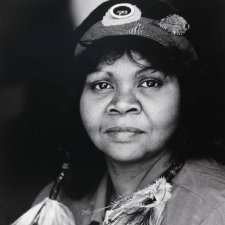
Ruby Hunter (1955-2010), singer/songwriter, was a Ngarrindjeri/ Kukatha/ Pitjantjatjara woman from South Australia.
1 portrait in the collection
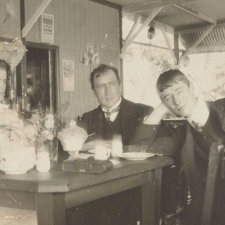
Ruby Lindsay (1885-1919), artist and illustrator, left home at 16 and went to Melbourne where she studied at the National Gallery School.
3 portraits in the collection
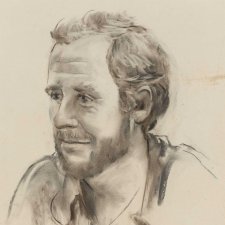
Bill Hunter (1940-2011), actor, spent five decades on Australian television and cinema screens.
1 portrait in the collection
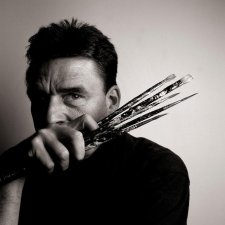
Philip Hunter (1958-2017), painter, studied art in Melbourne before holding his first solo exhibition there in 1982.
1 portrait in the collection
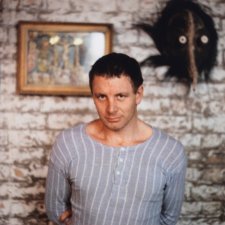
Robert Hunter (1947-2014), painter, trained at Preston Technical College and RMIT from 1964 to 1967, and was deeply impressed by the work of American abstractionist Ad Reinhardt in Melbourne in 1967.
1 portrait in the collection
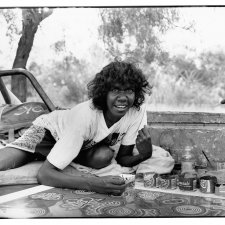
Suzie Petyarre (also spelt Pitjara) Hunter (b. c. 1966), painter, is an Alyawarre woman who lives a traditional life in the bush at Irrultja, Utopia.
1 portrait in the collection
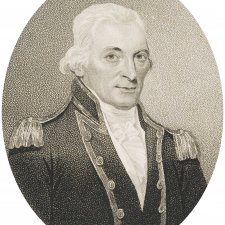
John Hunter (1737-1821), naval officer and governor, came to Sydney as second captain of the Sirius, the flagship of the First Fleet.
3 portraits in the collection
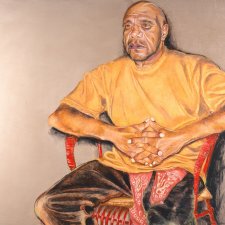
Archie Roach AC (1956–2022), singer/songwriter and storyteller, has been described as the voice of the Stolen Generations.
2 portraits in the collection
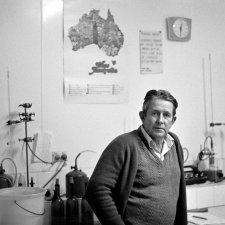
Murray Tyrrell AM (1921-2000) was a winemaker. Born in the Hunter Valley, Tyrrell served in the Pacific during World War II and became a cattle trader when he was repatriated.
1 portrait in the collection
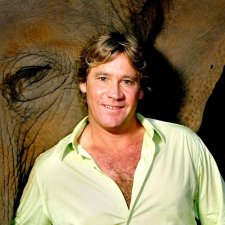
Steve Irwin (1962-2006) achieved international fame as the 'Crocodile Hunter'.
1 portrait in the collection
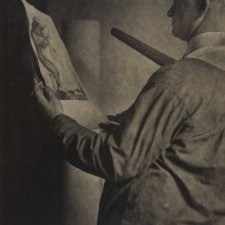
Will (William Henry) Dyson, cartoonist, caricaturist, writer and draughtsman, was born in Alfredtown, near Ballarat, and studied for a short time in Melbourne, where he worked closely with his older brother Ambrose.
11 portraits in the collection

Munnan Studios operated from premises in Hunter Street, Sydney, from around 1915.
1 portrait in the collection

William Ridley, stipple engraver, worked as an illustrator for a variety of magazines.
5 portraits in the collection

Maurice Appleby Felton (1803-1842) arrived in Sydney with his wife and four children in late 1839 as surgeon to the immigrant ship the Royal Admiral.
3 portraits in the collection
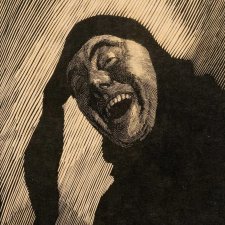
Sir Lionel Lindsay (1874-1961), graphic artist, was the brother of Norman, Percy, Daryl and Ruby Lindsay and shared with his siblings an early obsession with drawing and printmaking.
5 portraits in the collection
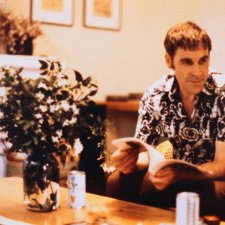
Bruce Pollard (b. 1936), gallerist, established the Pinocotheca Gallery in a St Kilda mansion in 1967, and relocated it to an old hat factory in Richmond in 1970.
1 portrait in the collection
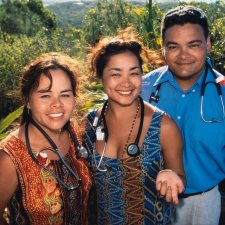
Kelvin Kong AM is a Worimi doctor who grew up in Port Stephens, New South Wales.
1 portrait in the collection
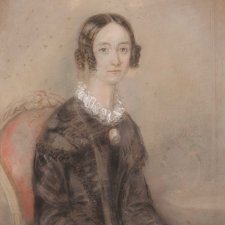
Ann Mary Windeyer (née Rudd, c. 1783–1865) arrived in Sydney in 1828 with her husband Charles Windeyer (1780–1855) and nine of their ten children.
1 portrait in the collection
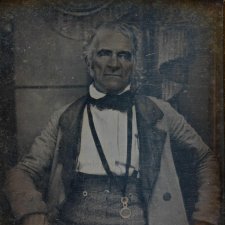
Charles Windeyer (1780-1855), magistrate, emigrated to Australia in 1828, having worked as a journalist, publisher and parliamentary reporter in London.
2 portraits in the collection
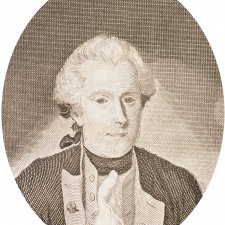
Philip Gidley King (1758-1808), naval officer and governor, joined the navy in late 1770 and served in the East Indies and American waters.
1 portrait in the collection
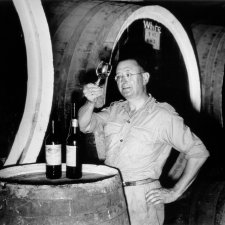
Maurice O'Shea (1897-1956) is remembered as a key figure in the formation of the modern Australian wine industry.
1 portrait in the collection
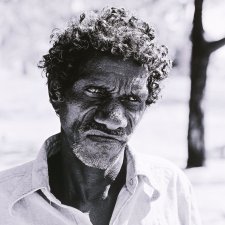
Philip Gudthaykudthay (b. 1935) Liyagalawumirr (Yolgnu) bark painter, worked as a young man as a stockman, fencer and crocodile hunter around Milingimbi and Ramingining.
1 portrait in the collection
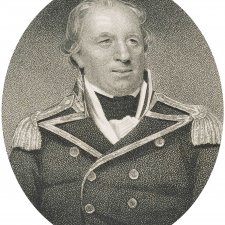
John Schank (1740–1823), naval officer, joined the Royal Navy at age 17, having served in the merchant service as a boy.
1 portrait in the collection
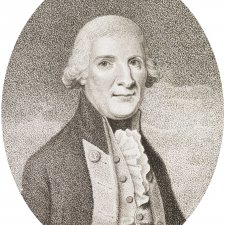
John Shortland (1739-1803), naval officer, was a member of a family of which six members were associated with the colonisation of Australia and New Zealand.
1 portrait in the collection
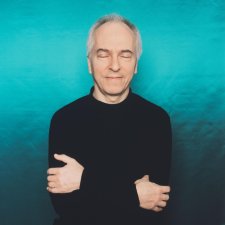
John Williams AO OBE, (b. 1941), guitar virtuoso, had his first guitar lessons from his father, and from the age of eleven attended summer schools with the Spanish maestro Andrés Segovia in Italy.
1 portrait in the collection
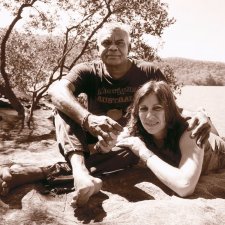
Ali Cobby Eckermann (b. 1963), Yankunytjatjara/Kothaka author and poet, was born in Adelaide.
1 portrait in the collection
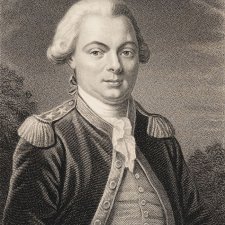
Jean-François de Galaup la Pérouse, Comte de la Pérouse (1741-1788), navigator, joined the French navy as a boy, rising to the rank of captain and serving with distinction and humanity in campaigns against the English in Hudson Bay in 1782.
4 portraits in the collection

Julian Kingma (b. 1968), photographer, began his career in 1988 as a cadet for the Herald newspaper in Melbourne, and later worked for the Sunday Age as Head Features Photographer.
11 portraits in the collection
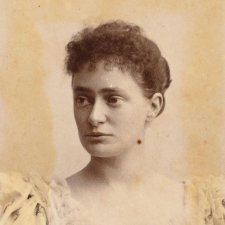
Jane Windeyer (1865–1950) was the second eldest daughter of politician and judge Sir William Charles Windeyer (1834–1897) and his wife, Mary (née Bolton, 1837–1912), a leading campaigner for women’s rights.
2 portraits in the collection
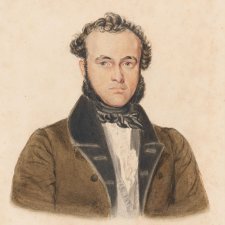
Richard Windeyer (1806-1847), journalist, barrister and politician, was the eldest of the ten children born to Charles Windeyer and his wife Ann Mary and remained in England when the rest of his family went to New South Wales.
3 portraits in the collection
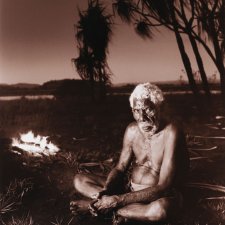
Bill Neidjie OAM (c. 1913-2002), a Gagadju man, was the traditional custodian of the Kakadu area of the Northern Territory and spent most of his childhood in this region.
1 portrait in the collection
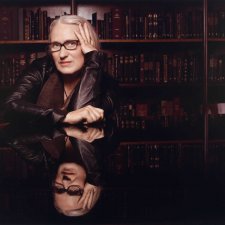
Jane Campion DNZM (b. 1954), director, producer and screenwriter, is the first woman to win the Palme d'Or at Cannes and the second woman to be nominated for the Academy Award for Best Director, both for her acclaimed film The Piano (1993).
1 portrait in the collection
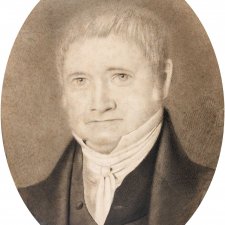
Richard Rouse (1774-1852), grazier and landowner, came to New South Wales in 1801 as a free settler with his wife Elizabeth (née Adams, 1772-1849) and the first two of their nine children.
1 portrait in the collection
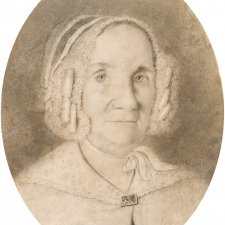
Elizabeth Rouse (née Adams, 1772–1849), colonial spouse, arrived in New South Wales as a free settler in 1801 with her husband, Richard Rouse (1774–1852) and their first two children, one of whom had been born on the voyage out.
1 portrait in the collection
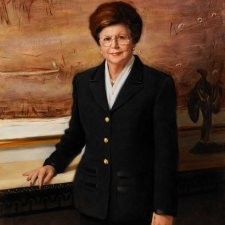
Imelda Roche AO (b. 1934), with husband Bill, introduced the Nutri-Metics skin care range to Australia in 1968.
1 portrait in the collection
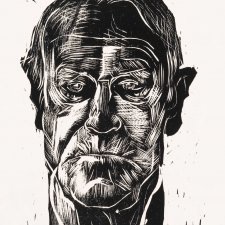
Patrick White (1912–1990), acknowledged as Australia’s pre-eminent novelist of the 20th century, was awarded the Nobel Prize for Literature in 1973 for The Eye of the Storm, ‘for an epic and psychological narrative art which has introduced a new continent into literature’.
7 portraits in the collection

Glenn Murcutt AO (b. 1936), architect, received the world's highest architectural honour when he was awarded the Pritzker Prize in April 2002.
4 portraits in the collection
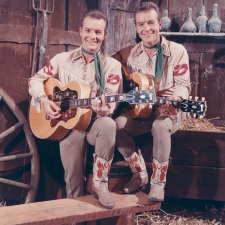
Tom LeGarde (1931–2021) and Ted LeGarde (1931–2018), 'The LeGarde Twins', were early pioneers of country music.
1 portrait in the collection
![Woureddy [Wurati], an Aboriginal Chief of Van Diemen's Land Woureddy [Wurati], an Aboriginal Chief of Van Diemen's Land](/files/1/8/b/4/i10111-slq.jpg)
Wurati (active 1830s, d. 1842), was a Nuennone man from Bruny Island, a skilled hunter, boat builder and renowned storyteller who spoke five dialects.
2 portraits in the collection

Ted LeGarde (1931–2018) and Tom LeGarde (1931–2021), ‘The LeGarde Twins’, were early pioneers of country music.
1 portrait in the collection
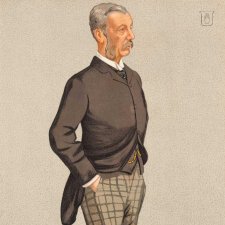
Sir James Fergusson (1832–1907), governor, was educated at Rugby School and was still a student there when he succeeded his father as Baronet of Kilkerran in 1849.
1 portrait in the collection
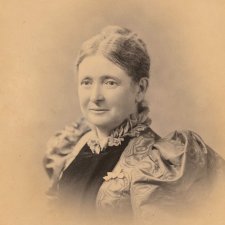
Mary Windeyer (née Bolton, 1837-1912), women's rights campaigner, was one of the nine children of Robert Thorley Bolton, a clergyman who emigrated to New South Wales in 1839.
3 portraits in the collection
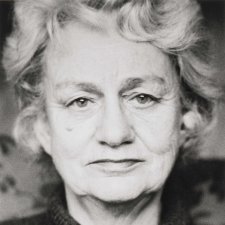
Judith Wright (1915–2000), poet, conservationist and Aboriginal land rights campaigner, was born at Thalgaroch Station, near Armidale, NSW, into a pastoralist family whose origins go back to the first settlement in the Hunter Valley in the 1820s.
3 portraits in the collection
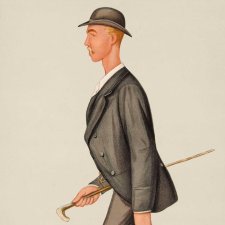
Henry Searle (1886–1889), a sculler known as the ‘Clarence River Comet’, took up rowing as a boy as a means of getting himself and his siblings to and from school.
1 portrait in the collection
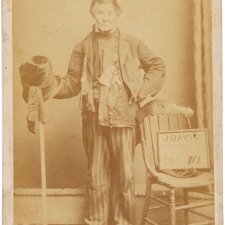
William Francis King (1807-1873), aka 'The Flying Pieman', accomplished a series of bizarre athletic feats during the 1840s.
1 portrait in the collection
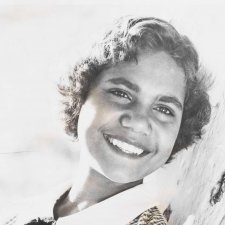
Rosalie Kunoth-Monks OAM (1937-2022), Arrernte and Anmatjere woman, Aboriginal activist, former actress and nun, was born at Artekerre soak on Utopia Cattle Station in the Northern Territory, the daughter of Allan and Ruby Kunoth.
2 portraits in the collection
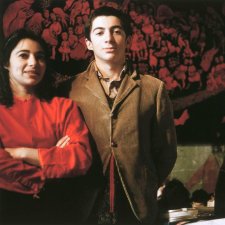
Philippe Mora (b. 1949), filmmaker, artist and writer, is the eldest son of artist Mirka Mora and restauranteur and gallery owner Georges Mora.
1 portrait in the collection
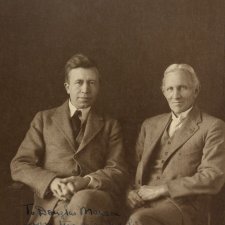
Sir Tannatt William Edgeworth David KBE (1858-1934) was an eminent geologist.
2 portraits in the collection

Robert Oatley AO (1928–2016), businessman, was one of Australia’s most successful wine industry figures.
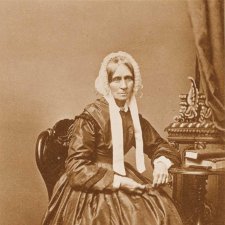
Maria Windeyer (née Camfield, 1795–1878), landowner, emigrated to New South Wales in 1835 with her husband Richard, a barrister, and their infant son, William Charles.
2 portraits in the collection
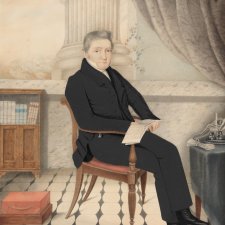
Richard Fitzgerald (1772-1840), convict, public servant and settler, spent four years of his seven-year sentence imprisoned (probably on a floating 'hulk') at Portsmouth before arriving in Sydney in 1791, along with his private assets.
1 portrait in the collection
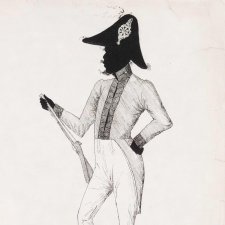
Piper (life dates unknown), also known as John Piper, was a Wiradjuri man who acted as a guide to Thomas Mitchell’s surveying expedition along the Murray and Darling Rivers into present-day Victoria in 1836.
2 portraits in the collection
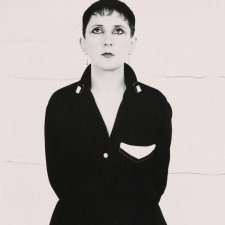
Kerry Walker AM, actor, graduated from the National Institute of Dramatic Art in 1974 and made her professional stage debut in a melée in Act 1 of Romeo and Juliet with the Australian Ballet.
1 portrait in the collection
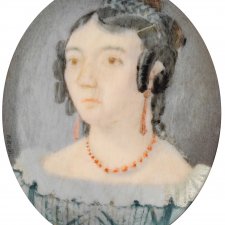
Elizabeth Roberts (1812–1833) was the daughter of Warwickshire-born William Roberts (1754–1819) and his wife, Jane (née Longhurst, c.
1 portrait in the collection
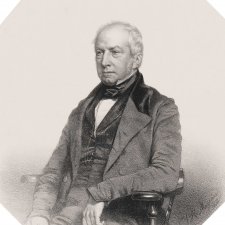
Robert Brown (1773–1858) is considered ‘the father of Australian botany’.
2 portraits in the collection
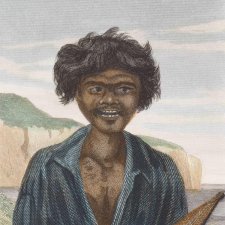
Wylie (c. 1824–unknown) is thought to have been born near King George’s Sound in south-west Western Australia, which would make him a Noongar man.
1 portrait in the collection